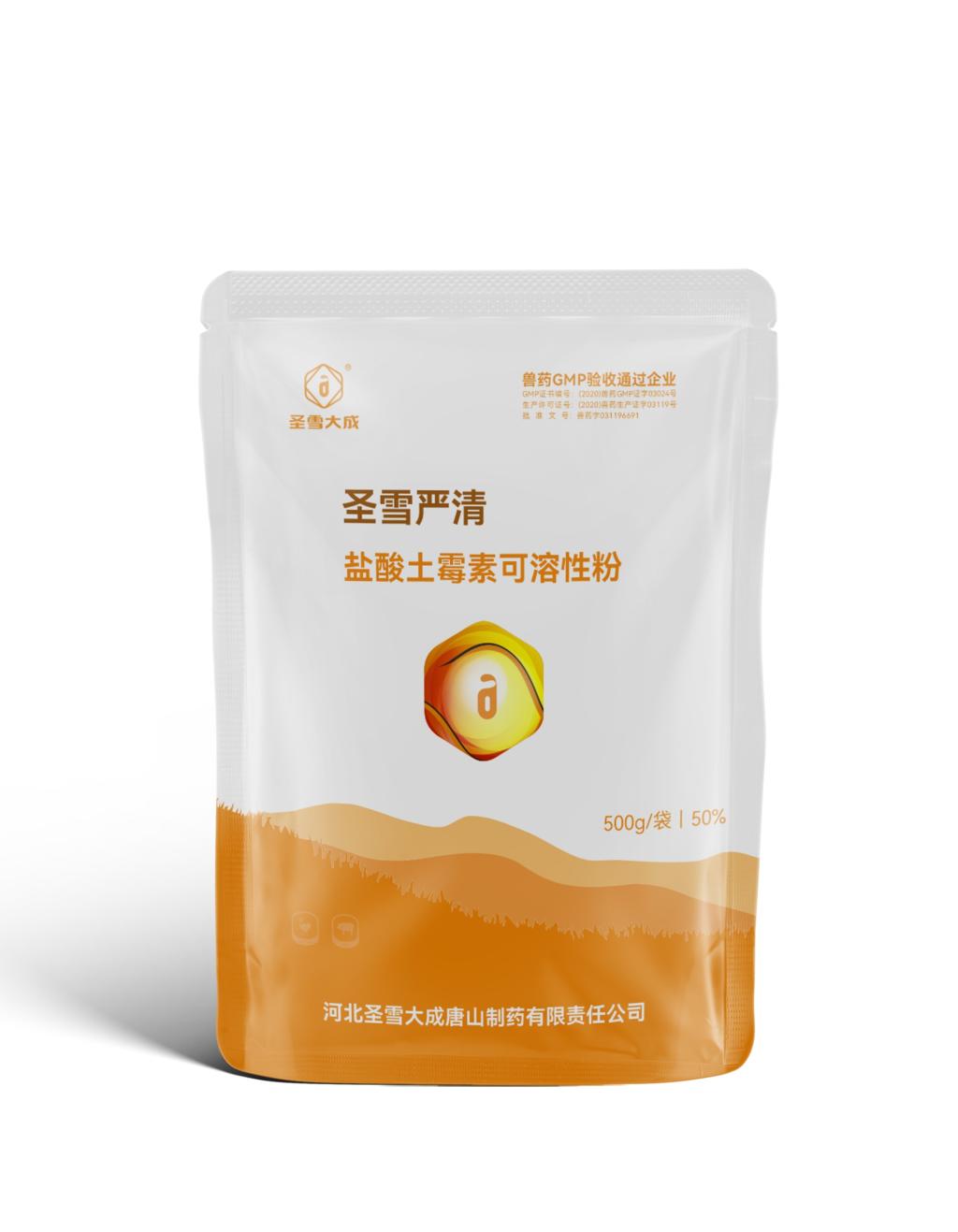Tel:+8618231198596

News
 CONTACT
CONTACT
 CONTACT
CONTACT
- Linkman:Linda Yao
- Tel: +8618231198596
- Email:linda.yao@dcpharma.cn
- Linkman:CHARLES.WANG
- Department:Overseas
- Tel: 0086 0311-85537378 0086 0311-85539701
News
Consumer demands for antibiotic-free products fuel debates on reducing Oxytetracycline use.
TIME:2023-12-19
Introduction:
Consumer preferences have evolved, with an increasing emphasis on health-conscious choices and sustainable practices. Antibiotic-free products have become a focal point of these preferences, leading to debates on the use of antibiotics like oxytetracycline in agriculture. This article aims to delve into the dynamics of these debates, exploring the motivations behind consumer demands and the implications for oxytetracycline use.
Oxytetracycline in Agriculture: A Historical Perspective:
Oxytetracycline has been a key tool in agriculture for combating bacterial infections in animals and plants. This section provides an overview of the historical use of oxytetracycline in agriculture, its effectiveness, and its role in ensuring food safety and security.
Consumer Perceptions and Demands:
Examine the factors influencing consumer perceptions of antibiotics in food products. From concerns about antibiotic resistance to a desire for more transparent food production practices, understand the motivations driving consumers to seek antibiotic-free options and the impact on purchasing decisions.
Antibiotic-Free Labels and Certification Programs:
Explore the emergence of antibiotic-free labels and certification programs as mechanisms to meet consumer demands. Investigate the criteria and standards set by these programs, the challenges of implementation, and their role in providing consumers with clear and reliable information.
Challenges in Reducing Oxytetracycline Use:
Reducing the use of oxytetracycline in agriculture presents challenges, ranging from animal health considerations to the economic implications for farmers. This section explores the multifaceted challenges associated with transitioning to antibiotic-free practices, including the risk of increased disease prevalence and the need for alternative solutions.
Alternatives to Oxytetracycline: Innovations and Best Practices:
Highlight innovations and best practices that serve as alternatives to oxytetracycline in agriculture. From probiotics and prebiotics to improved management practices, explore the diverse approaches adopted by farmers to maintain animal and plant health without relying extensively on antibiotics.
Regulatory Considerations and Guidelines:
Understand the regulatory landscape surrounding the use of oxytetracycline in agriculture. Delve into existing guidelines, regulations, and initiatives aimed at promoting responsible antibiotic use, ensuring food safety, and meeting consumer expectations.
Global Perspectives and Variances in Regulations:
Examine global perspectives on oxytetracycline use in agriculture, considering variations in regulations and practices across regions. Highlight case studies that illustrate how different countries are addressing the challenges of reducing antibiotic use while meeting the demands of local and international markets.
Economic Impacts and Market Dynamics:
Analyze the economic impacts of reducing oxytetracycline use on farmers, the food industry, and consumers. Explore market dynamics, including the potential effects on product pricing, supply chain considerations, and the role of market forces in driving or hindering the transition to antibiotic-free practices.
Collaborative Initiatives and Stakeholder Engagement:
Explore collaborative initiatives involving farmers, industry stakeholders, government agencies, and non-governmental organizations. Assess the role of stakeholder engagement in fostering a collective approach to address challenges, share knowledge, and implement sustainable practices.
Communication Strategies and Transparency:
Communication strategies and transparency play a crucial role in bridging the gap between producers and consumers. Discuss effective communication strategies for educating the public about antibiotic use in agriculture, the benefits of alternative practices, and the complexities of transitioning to antibiotic-free production.
Future Directions and Research Needs:
Consider the future directions of the debates on oxytetracycline use and antibiotic-free production. Identify research needs and areas for further exploration, including the development of innovative solutions, policy considerations, and ongoing efforts to meet both consumer demands and agricultural sustainability goals.
Conclusion:
In conclusion, the debates on reducing oxytetracycline use in response to consumer demands for antibiotic-free products are dynamic and multifaceted. Navigating this landscape requires a holistic approach that considers the perspectives of consumers, farmers, industry stakeholders, and regulatory bodies. By understanding the motivations behind consumer demands and exploring sustainable alternatives, the agriculture and food industries can work towards meeting evolving consumer expectations while ensuring the health and safety of both animals and humans.
- Tel:+8618231198596
- Whatsapp:18231198596
- Chat With Skype







